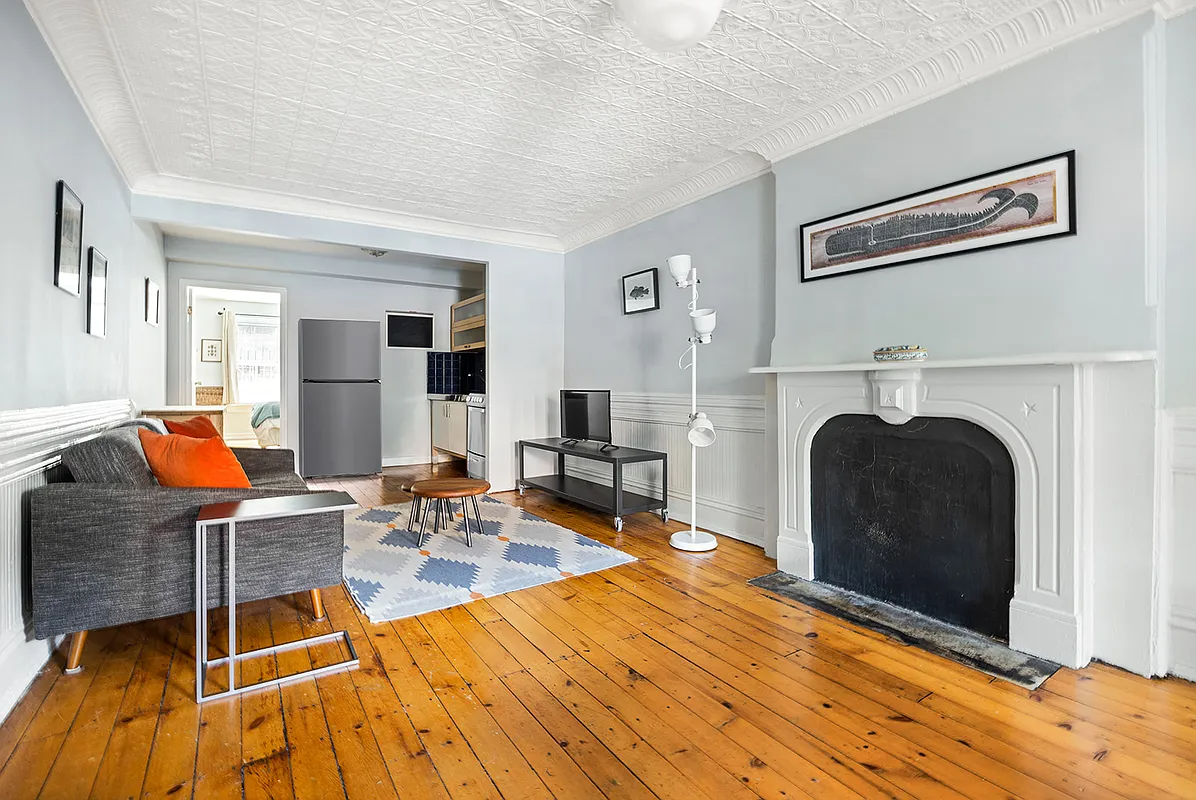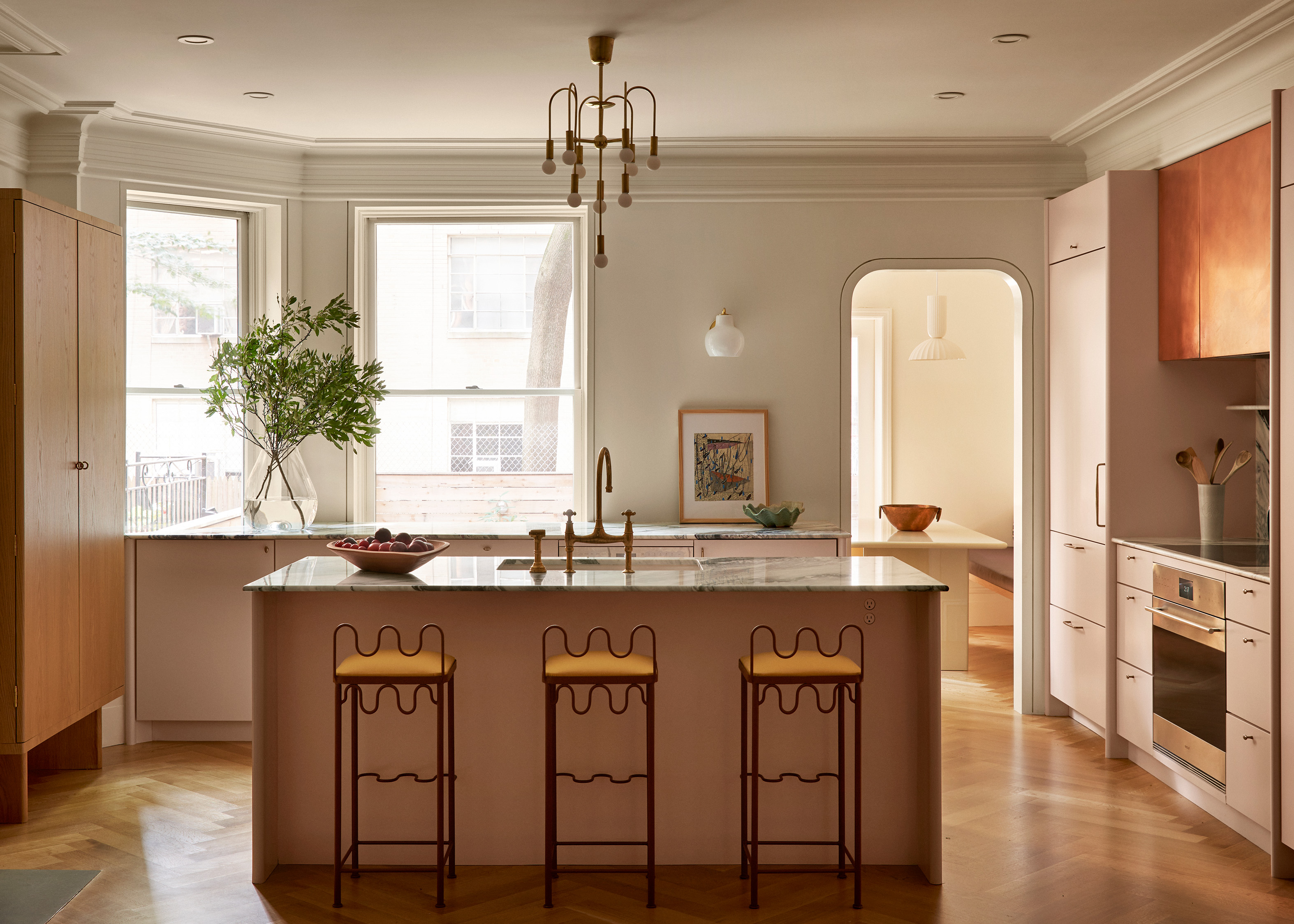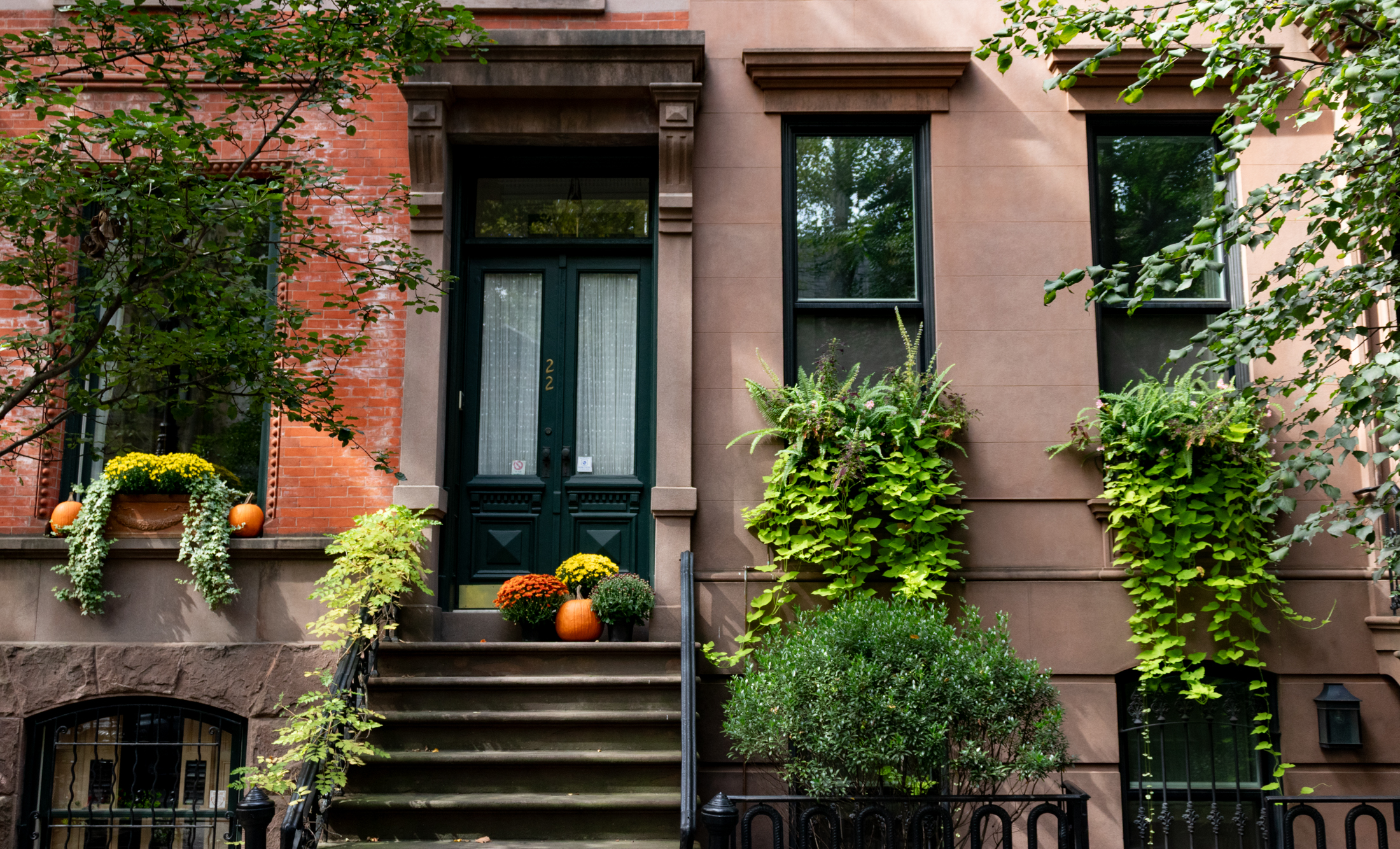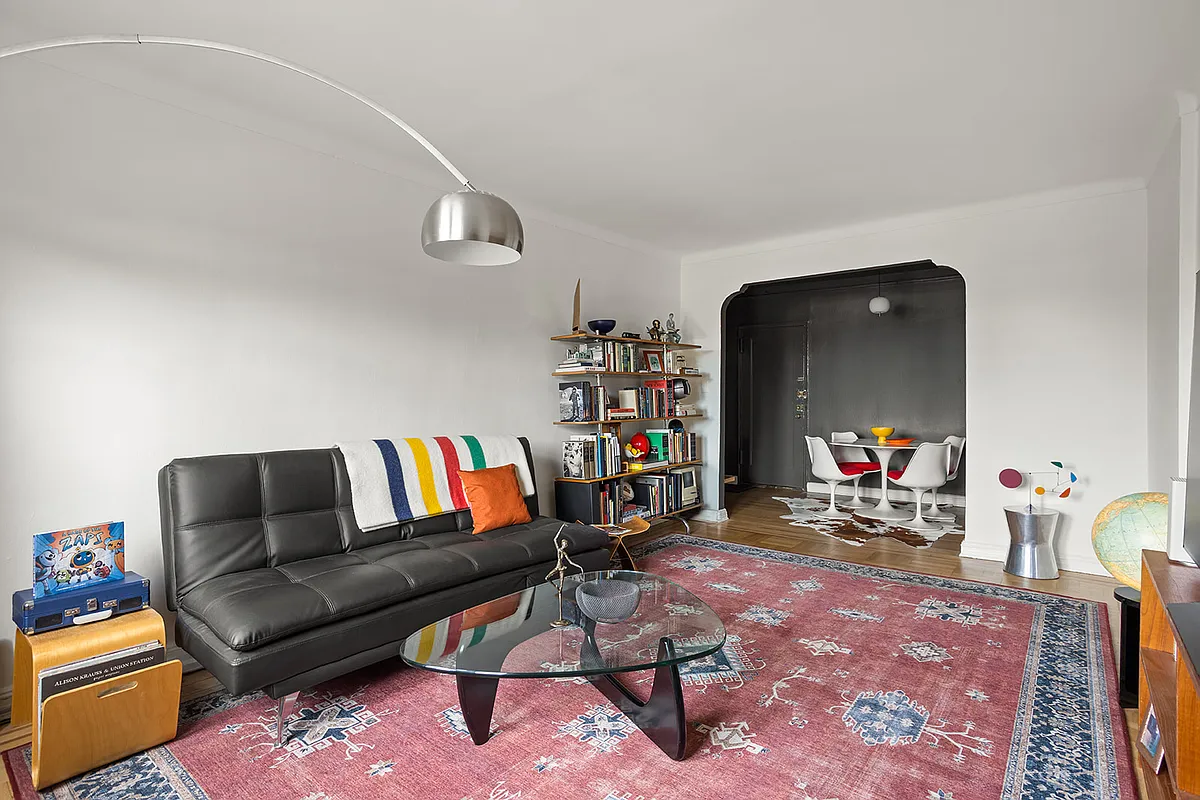Market Predictions for 2006: Neighborhood Picks
In what is now becoming an annual tradition, we invite you to share your thoughts and predictions for the Brooklyn housing market in 2006. Like last year, we’re particularly curious to hear your neighborhood “longs” and “shorts”. On a risk-adjusted basis, we’re most bullish on Prospect Heights and Carroll Gardens and, relatively speaking, would bet…

 In what is now becoming an annual tradition, we invite you to share your thoughts and predictions for the Brooklyn housing market in 2006. Like last year, we’re particularly curious to hear your neighborhood “longs” and “shorts”. On a risk-adjusted basis, we’re most bullish on Prospect Heights and Carroll Gardens and, relatively speaking, would bet against Williamsburg. Overall, though, we don’t think 2006 will look at all like 2005, which was marked by huge surges in prices in some rapidly gentrifying neighborhoods. From where we sit, 2006 is looking like a year for the market to take a breath and digest all the rapid-fire changes that have occurred in recent years. Barring a big move upward in rates, we think prices will more-or-less move sideways. In our own little corner of Brooklyn, the big test will be whether the upscaling of Fulton Street can extend beyond Fort Greene. Man, could we use a gourmet market in Clinton Hill! Anyway, that’s how we see it. But what do we know. We’d rather hear from you.
In what is now becoming an annual tradition, we invite you to share your thoughts and predictions for the Brooklyn housing market in 2006. Like last year, we’re particularly curious to hear your neighborhood “longs” and “shorts”. On a risk-adjusted basis, we’re most bullish on Prospect Heights and Carroll Gardens and, relatively speaking, would bet against Williamsburg. Overall, though, we don’t think 2006 will look at all like 2005, which was marked by huge surges in prices in some rapidly gentrifying neighborhoods. From where we sit, 2006 is looking like a year for the market to take a breath and digest all the rapid-fire changes that have occurred in recent years. Barring a big move upward in rates, we think prices will more-or-less move sideways. In our own little corner of Brooklyn, the big test will be whether the upscaling of Fulton Street can extend beyond Fort Greene. Man, could we use a gourmet market in Clinton Hill! Anyway, that’s how we see it. But what do we know. We’d rather hear from you.
Happy New Year.
Brownstoner





Re: Red Hook — I agree that it has already priced in the future gentification of the neighborhood. But so have Bed Stuy, Crown Heights, and PLG, e.g. Compared with those neighborhoods, Red Hook actually has major near-term amenities improvements in the pipeline. Whether or not IKEA and Fairway appeal much to you, they are real developments that will mean the neighborhood soon will actually have something something it didn’t. Whereas the other fringe neighborhoods that have skyrocketed have done so only in the hope that — someday, cross your fingers, if enough money moves in — similar development will come.
None of this is saying one neighborhood is “better” than another, nor is it a comparison of their housing stock, etc. But considering that the infrastructure differences among these nabes are a constant — the subway lines, houses, etc. are the same ones that have been there for decades — the difference is whether the coming improvements in amenities are actual or wishful.
But what do I know? I’ve never been much of a gambler on the location of my own home. I’m just playing the game here.
If you look at the data displayed in Property Shark maps you will see that the neighborhoods west of flatbush ave / flatbush ext. have a high frequency of forclosure.
People maybe spending more than they ever have in these areas (BedStuy, ProspectLefferts, etc…) but they are forclosing on their mortgages. This is not a good sign. A high rate of forclosure indicates that the market in that area is unstable at those high prices.
Just my personal feel for things: Will hold value but too expensive to go up much more: Park Slope, Carroll Gardens, Dumbo, Cobble Hill, Brooklyn Heights. Long: Midwood, Kensington, 4th and 5th Avenue in the Slope, Sunset Park, Bay Ridge. Short: Red Hook (unless transportation improves in some substantial way!), low-quality buildings in Williamsburg. Gowanus will probably become more residential, but will never be Dumbo–too many environmental issues. Manhattan (except for very high end) will soften 10-20 percent. And I don’t have any reason to think I am an expert!!!
The only issue that I have with some of the posts above is that people are talking about residential real estate (usually owner occupied) as if it is a stock/bond portfolio. If you are not yet in the market (i.e. if you do not own any property in NYC/Brooklyn) then it may be a time for some trepidation before taking that first leap. If you do own, like most people you will likely be in this for the long haul – so the fluctuations of the next 3-5 years do to rising interest rates etc. should not be overly concerning.
All you people that are “long” Red Hook: Have you actually looked at the prices in Red Hook? Most buildings away from the projects are listed at over $1MM. These listing prices are already building in the anticipated gentrification of the neighborhood. Red Hook is already priced at 2008 prices. Please inform your comments with some research and a little bit of reality.
i don’t really expect to see any major declines anaywhere. this is new york we’re talking about where housing is at a premium. if anything, i would expect to see levelling off or slight decreases in the high-end ‘hoods. afterall, wasn’t there a $20 million mansion for sale in brooklyn heights in 2005. can we really expect to see more of that especially since manhattan prices are coming down a bit.
i still see bed stuy and clinton hill as having the most potential. beautiful housing stock + good subway access = only one way to go, up!
Oooh…you said “jerk”. The pc police won’t like that!
it’s too crazy expensive to live in manhattan — still. so long as manhattan is way too much money people are going to be looking for alternatives. much of the market moves in nyc can be attributed to the massive changes to the rent stabilizaiton laws. this has been going on for a while now. why live in an overpriced small manhattan apt when you can buy elsewhere? come on folks, who wants to live in a rental where the landlord is a jerk and doesn’t fix things up and would rather you move out because under rent stabilization he can just jack up the rent when you go?
I’m long on real estate in general, and long on NYC and Brooklyn in particular.
Certainly, prices have climbed a lot in recent years. Certainly, there’s a lot of risk in the market. The folks who predict that prices will decline could be correct.
I think that the odds of that happening, especially during the next year, are less than even, though. Why?
1) Real estate prices are driven by interest rates. As rates rise, as they have during the last year or so, prices tend to soften. There’s good reason to think we’re near the end of the uptick in rates, which is turning out to be much less dramatic than many economists feared. At the short end of the curve, the Fed is nearly finished tightening. Short term rates will level off this spring. At the long end of the curve, which is linked to mortgage rates, there’s little reason to expect rates to go much higher. Inflation is well under control, thanks to the competitive pressures of a global economy. Energy prices are leveling off. As gas hit $3.50 a gallon this summer, the outlook appeared grim. But those days are behind us. Energy prices won’t be cheap, but we’re not in for energy crisis that will boost inflation and drive rates higher. The federal deficit is coming down, thanks to rising tax revenue linked to solid economic growth. And US rates are high enough to attact foreign investors who are suffeirng from super low rates in Europe and Japan. That means the Fed doesn’t have to boost rates to make it more attractice for foreign investors to fund our national debt. So I think the interest rates, the key variable in housing, look pretty favorable.
2) While a group of White House advisors has suggested tax changes that would eliminate some of the hallowed deduction for mortgage interest, it’s unlikely to become law this year or any other year. But some risk remains in the future.
3) At the local level, Brooklyn is in the midst of a once-in-a-century transformation that is trying attention at the national and even international level. The changes here are fundamental and go beyond the ups and downs of the housing cycle. That investment in downtown Brooklyn and along Fourth Avenue has barely started. As that occurs, we will continue to see the Manhattanization of Brooklyn real estate prices.
4) Compared to Manhattan, housing prices in Brooklyn are still pretty cheap. The housing stock is generally better, and the services and cultural life are great and getting better, too. So the arbitrage between Brooklyn and Manhattan will narrow. Brooklyn prices will rise.
5) While some buyers have been priced out of the brownstone Brooklyn market, people are still lined up two or three deep to buy real estate. We keep hearing from underpaid journalists that prices are unsustainable. But overpaid Wall Streeters, who make more money than the average ink stained wretch can imagine, keep proving them wrong. Most people simply don’t understand how much cash is washing through the city. It will continue to prop up real estate prices.
6) Where to buy? I’d be long in prime neighborhoods that have the architecture, cache and services to attract the Wall Street folks, who will continue to drive prices higher in Park Slope, etc. Those prices will rise the fastest. But other sectors of the local economy are doing well, too. Web portals like AOL and Google and Yahoo are hiring left and right. That money will help fund home purchases in Carroll Gardens, Bed Stuy, Crown Heights, Lefferts, South South Slope, Greenwood, etc.
Overall, I think 2006 will be a good year with a surprise on the upside.